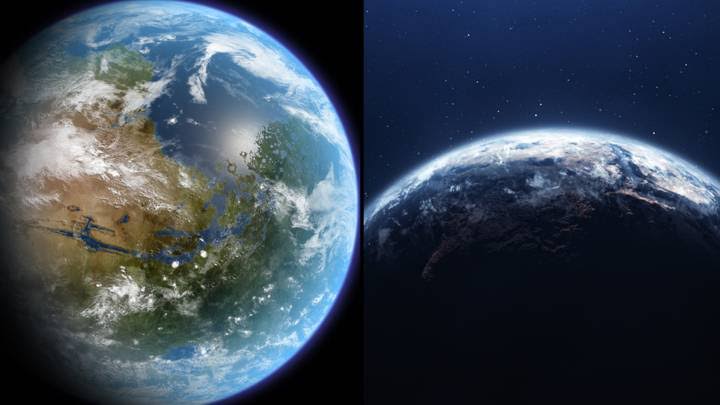Earth-Like Planet Hiding In The Solar System

According to scientists, the possibility exists that an Earth-like planet may be concealed within the Kuiper Belt.
This potential new planet would be estimated to be 1.5 to 3 times the size of Earth.
The search for Earth-like planets is a fundamental aspect of astronomy and planetary science. Scientists are highly motivated to find such planets because they could potentially possess conditions conducive to supporting life.
Moreover, the discovery of Earth-like planets offers valuable insights into the possibility of habitable environments beyond our home planet.
The consistent effort of the scientists seems to be turning fruitful, as astronomers have recently uncovered promising indications of a planet similar to Earth within our solar system, potentially located in an orbit beyond Neptune around the Sun.
These findings are the result of a study conducted by Patryk Sofia Lykawka of Kindai University in Osaka, Japan, and Takashi Ito of the National Astronomical Observatory of Japan in Tokyo.
“We predict the existence of an Earth-like planet,” the researchers wrote in the study that was published in
“It is plausible that a primordial planetary body could survive in the distant Kuiper Belt as a Kuiper Belt planet (KBP), as many such bodies existed in the early solar system.”
“More detailed knowledge of the orbital structure in the distant Kuiper Belt can reveal or rule out the existence of any hypothetical planet in the outer Solar System.”
“In conclusion, the results of the Kuiper Belt planet scenario support the existence of a yet-undiscovered planet in the far outer Solar System,” the researchers write.
The scientists believe that the theorised planet’s orbit would likely place it between 250 and 500 astronomical units (AU) from the Sun.
Researchers suggest that the identification of a planet near the Kuiper Belt has the potential to provide fresh insights into the processes of planet formation and evolution, offering new constraints and perspectives in this field of study.
Source: The Astronomical Journal.



